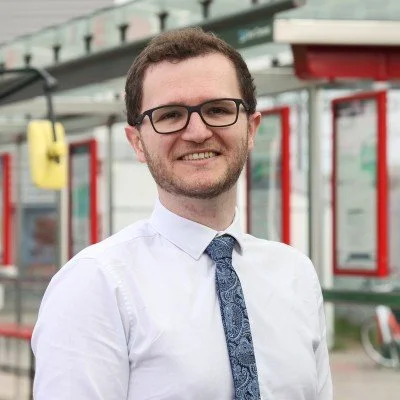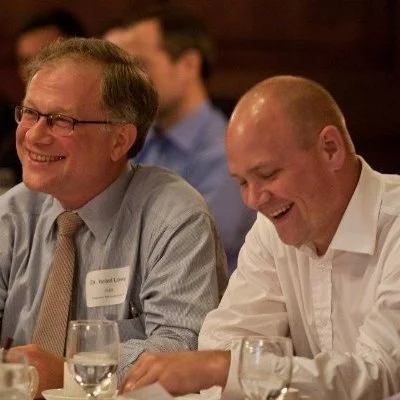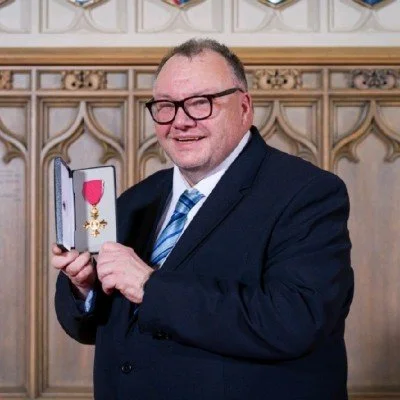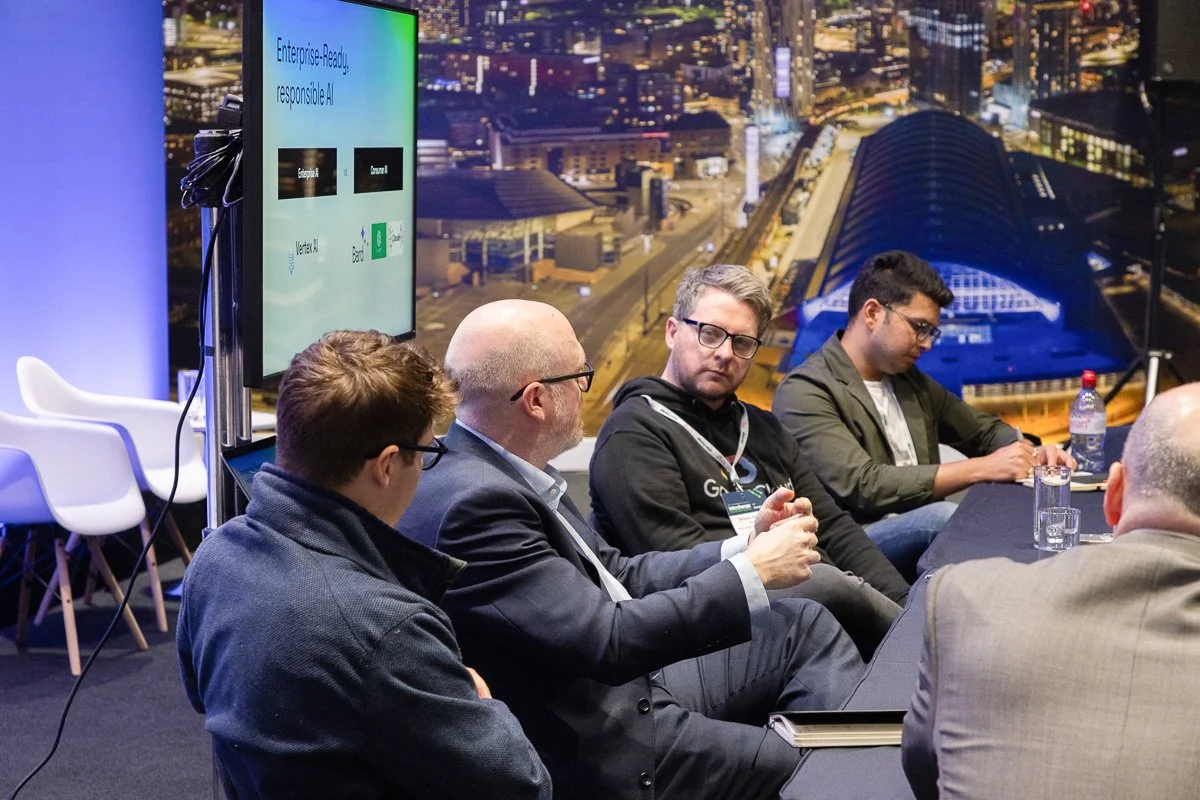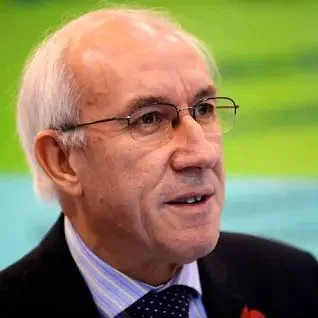2024: Rail’s integration with other modes
This Great British Railways Transition Team hosted session included a wide range of views on the potential of the wider transport sector to work together to meet multi-modal expectations and reduce end-to-end journey times. Silka Kennedy-Todd reports
With the discussion led by Samyutha Balasubramaniam, Customer Design Lead for Great British Railways Transition Team, the key outputs from the session are presented as a series of individual contributions accessed by clicking on the speaker names below
Modal integration is a huge, underestimated challenge we must overcome
Really thinking about how people get to a station and then make their onward trip
Using tech as the start of the bus and rail industry working together to do integration
How better integrating bus and train services is helping to grow patronage which is critical to the viability of the local bus and rail network
Meeting Disabled people’s right to timely, convenient transport options
Half of Beryl’s bike and scooter customers are riding to and from rail and bus connections. Despite the potential to introduce lots of sophisticated and expensive things, it turns out that getting the most simple thing right makes the biggest difference.
Active Travel England is the government’s executive agency responsible for making walking, wheeling and cycling the preferred choice for everyone to get around in England. Greg Searle outline ATE’s work to improve active travel routes to stations
Sustrans is the UK-based walking, wheeling and cycling charity, and custodian of the National Cycle Network. CEO Xavier Brice says end to end journeys involving rail need to be reliable, possible and pleasant
With station-based green logistics hubs we could service our cities with trains not vans and make the nation’s stations the biggest community asset we have after our hospitals, argues Daniel Griffiths
The mindset the railway needs to have is that all passengers have a choice and that a more joined up transport experience is vital to helping them choose rail.
In pursuit of a tech enabled transport system delivered through collaboration that joins the dots on questions such as where are the homes being built and how do you get to the station
There’s a lot of work needed if we’re going to get more people to connect to rail by bus. We will win if we make it the easiest thing to do
We need to turn this from nice words to actual deliverables… and make sure we don’t forget the most important person of all – the passenger
The bigger question is why do we want an integrated system – it’s because we want to improve the health and the wealth of the nation… If a station is integrated, it becomes something totally different.
Every mode – and that includes the car – can be part of an end to end journey
Reflections and summing up




